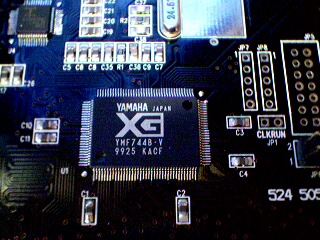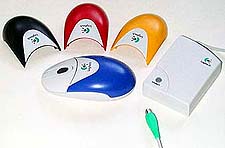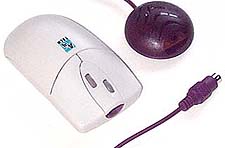De International Standards Organization (ISO) heeft de specificaties vastgelegd van de nieuwe JPEG2000 standaard, die dankzij 'wavelet transformations' een betere kwaliteit en compressie levert dan de huidige JPEG compressiemethode. Hier een lap info uit de press release:
The International Standards Organization's JPEG2000 committee has finalized specs for a
new algorithm that compresses images up to 200 times with no appreciable degradation in quality.
The JPEG2000 spec, which will become ISO 15444 when it's officially approved in 2001, uses wavelet
transformations instead of Fourier transforms to achieve the performance gain.
"The standard is now available to all developers. Luckily, we have 90 percent of the techniques
specified for JPEG2000 already built into our LuraWave compressor, so we can recycle much of that
technology. We will, however, have to rewrite our encoder," said Kai Barthel, director of research
and development at LuraTech, here.
Since finalization of the JPEG2000 committee draft at last month's meeting in Hawaii, only minor
changes can be made to the spec, so even hardware OEMs can now begin designing products using
the JPEG2000 wavelet-based encoder.
A second part of the draft, which adds special-purpose extensions, will follow in 2001. JPEG2000 part
one will be the plain-vanilla royalty-free version, but part two can include various types of
third-party extensions that may or may not involve royalties. "Part one will satisfy 90 percent of the
applications developers, but it will be 90 percent more work to engineer that last 10 percent of the job
for special purposes in part two," said Barthel.
[...] Wavelets use complex base functions, with some coarse features akin to sine waves. They also
contain some detailed features like pulse codes, thereby creating a set of fuzzy pixels with
variable-sized features, as opposed to DCT's one-size-fits-all sine waves.
Mother waves
The best way to represent a signal using wavelets is to scan the entire image for a "mother wave"
that best represents that particular image. However, the mother wave would have to be sent along
with the image data, thereby increasing the size of the compressed file. Instead, JPEG2000 picks a
universal mother wave ahead of time, so that the receiver of a compressed file can assume which
mother wave is being used, eliminating the need to send it along with the file. JPEG2000 specifies a
9/7 wavelet for ordinary "lossy" compression, and a 5/3 wavelet for lossless compression
(comparable to today's run-length-limited encoding). Compression ratios of 200:1 can be achieved
with the 9/7 wavelet and 2:1 compression with the lossless 5/3 wavelet.
JPEG2000 also strives to overcome the worst effects of current JPEG compression, which processes
images in 8 x 8-pixel blocks, leaving coarsely spaced artifacts that spoil fine details.

:strip_exif()/i/1167998443.jpg?f=fpa)




:strip_exif()/i/1194632203.jpg?f=fpa)